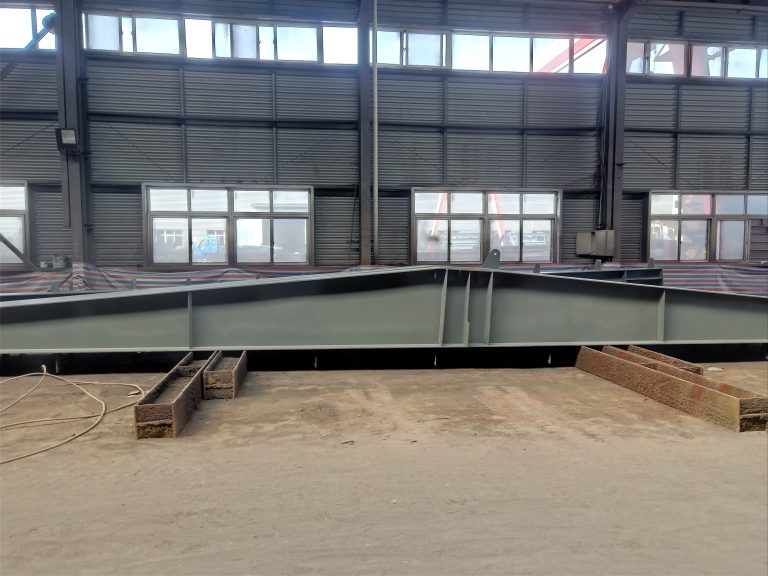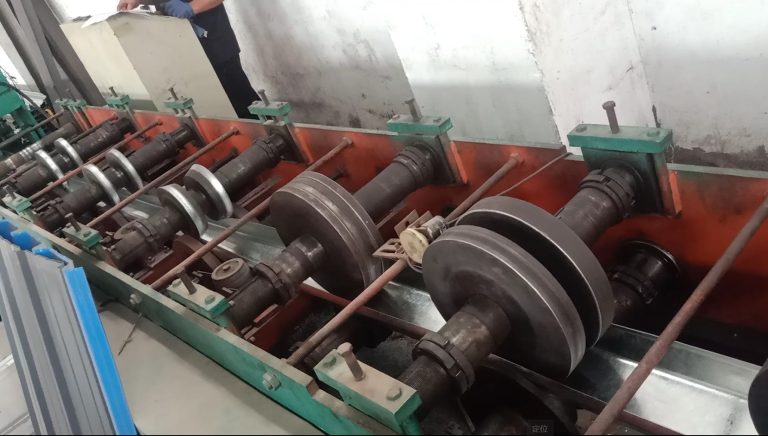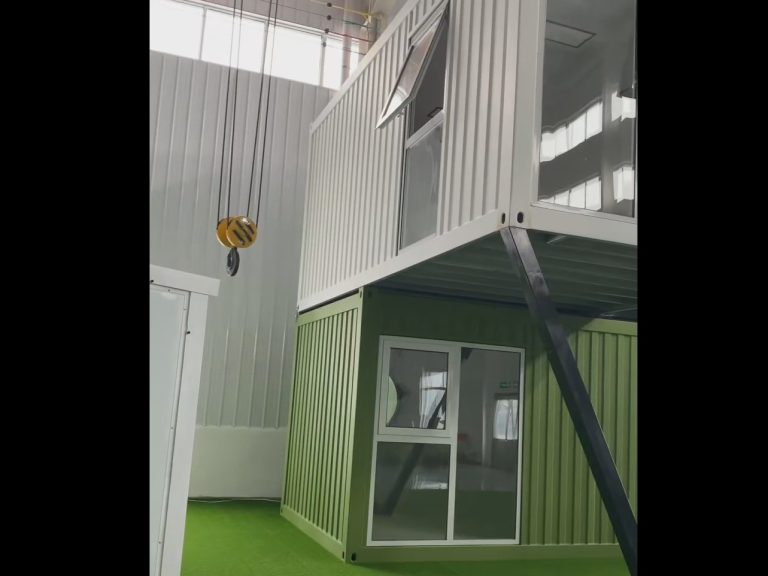Inhoudsopgave
Impact of high winds on structural stability of container houses
Container houses have gained popularity in recent years due to their affordability, sustainability, and versatility. However, one of the key concerns when it comes to these structures is their ability to withstand extreme weather conditions, particularly high winds. In this article, we will explore the impact of high winds on the structural stability of container houses and the importance of conducting thorough assessments to ensure their safety.
High winds can pose a significant threat to the structural integrity of container houses, as they can exert strong forces on the walls and roof of the structure. The design and construction of container houses must take into account the potential impact of high winds to ensure that they can withstand these forces without collapsing or sustaining damage.
One of the key factors that determine the ability of a container house to withstand high winds is the anchoring system used to secure the structure to the ground. Proper anchoring is essential to prevent the house from being lifted or shifted by strong winds. Inadequate anchoring can result in the structure becoming unstable and potentially collapsing under the force of the wind.
In addition to the anchoring system, the design of the container house itself plays a crucial role in its ability to withstand high winds. The shape and orientation of the structure can affect how wind flows around it, with certain designs being more aerodynamic and less prone to wind damage. It is important to consider these factors during the design phase to ensure that the container house is structurally sound and able to withstand extreme weather conditions.
Furthermore, the materials used in the construction of container houses can also impact their ability to withstand high winds. Strong and durable materials, such as steel or reinforced concrete, are essential for ensuring the structural stability of the house. These materials can help to prevent damage and deformation caused by high winds, ensuring that the house remains safe and secure.

To assess the structural stability of container houses under extreme weather conditions, it is important to conduct thorough inspections and evaluations. This may involve testing the anchoring system, inspecting the materials used in construction, and assessing the overall design of the structure. By identifying any potential weaknesses or vulnerabilities, necessary measures can be taken to reinforce the structure and improve its ability to withstand high winds.
In conclusion, the impact of high winds on the structural stability of container houses cannot be underestimated. Proper design, construction, and maintenance are essential to ensure that these structures can withstand extreme weather conditions and remain safe for occupants. By conducting thorough assessments and taking necessary precautions, container houses can be made more resilient to high winds, providing a secure and sustainable housing solution for years to come.
Resilience of container houses to earthquakes and other natural disasters
Container houses have gained popularity in recent years due to their affordability, sustainability, and versatility. These structures, made from repurposed shipping containers, offer a unique housing solution that is both eco-friendly and cost-effective. However, one of the concerns that arise when it comes to container houses is their structural stability under extreme weather conditions, such as earthquakes and other natural disasters.
When it comes to assessing the resilience of container houses to earthquakes, it is important to consider the design and construction of these structures. Shipping containers are inherently strong and durable, as they are designed to withstand the rigors of transportation across oceans. However, when repurposed into housing units, additional reinforcements may be necessary to ensure their stability during seismic events.
One of the key factors that determine the structural stability of container houses in earthquakes is the foundation on which they are built. A solid and well-designed foundation is essential to distribute the forces generated during an earthquake and prevent the structure from collapsing. Additionally, the connections between the containers and any additional structural elements must be carefully engineered to withstand the lateral forces exerted during seismic events.
In addition to earthquakes, container houses must also be able to withstand other natural disasters, such as hurricanes, tornadoes, and floods. These extreme weather conditions can exert different types of forces on the structure, requiring specific design considerations to ensure their resilience. For example, in hurricane-prone areas, container houses may need to be anchored securely to the ground and have reinforced roofs to withstand high winds.
To assess the structural stability of container houses under extreme weather conditions, engineers and architects use a combination of analytical methods and computer simulations. By analyzing the forces acting on the structure and the materials used in its construction, they can determine the potential weak points and areas that may need reinforcement. This information is crucial in designing container houses that can withstand the forces of nature and protect their occupants.
Furthermore, regular maintenance and inspections are essential to ensure the continued stability of container houses over time. Wear and tear, corrosion, and other factors can weaken the structure and compromise its resilience to extreme weather conditions. By conducting routine checks and repairs, homeowners can prolong the lifespan of their container houses and ensure their safety in the face of natural disasters.
In conclusion, the structural stability assessment of container houses under extreme weather conditions is a crucial aspect of their design and construction. By considering factors such as foundation design, connections, and reinforcements, engineers can create container houses that are resilient to earthquakes and other natural disasters. Regular maintenance and inspections are also essential to ensure the continued stability of these structures over time. With proper planning and care, container houses can provide a safe and sustainable housing solution for years to come.





